WINTER SOWING is not some new form of planting seeds!
It is but one of the six forms known as "STRATIFICATION". Stratification is necessary to soften the outer shell of certain seeds and in some cases, to wash away the natural germination inhibitor that exists on the seed's outer shell which prevents them from prematurely sprouting.
The FOLLOWING information can help us better understand why biennials and perennials need the fluctuation of cold to warm winter temperatures and moisture for seed germination.
Hope this is of some use to all you Seed Sowers.
Credits: From Botany On-line
http://www.biologie.uni-hamburg.de/b-online/e28/28.htm
". . .seeds, for example, will germinate only under favourable external conditions, i.e. there has to be enough warmth and humidity and day length must have passed a critical value. The seeds of many species from zones with seasonal differences of temperature germinate only after they have gone through a cold period, a phenomenon called stratification. Stratification is not to be confused with vernalization, which means that flower development takes place only after a cold period. All evidence indicates that the seeds contain an inhibitor that is successively degraded during the cold season. Germination occurs exclusively after its degradation. Some species produce the inhibitor anew after periods of long drought and warmth. They do thus pass rhythmic periods of readiness to germinate and quiescence, which allows them to discern between spring and autumn days of the same day length."
-----------------------------
To get a more grass roots understanding of how Stratification promotes germination in Perennials and Biennials:
Credits: From Alchemy Works.com
http://www.alchemy-works.com/fall_planting.html
"Unlike the seeds of annuals, lots of perennial seeds require a period of moist cold (cold stratification) before they will germinate. They get this naturally in the wild, lying on the ground, being half buried by fallen leaves, the digging of animals, and frost heave. Without this period of cold and wet, certain seeds, usually perennials, won't germinate at all. Instead, they continue to wait inside their shells, asleep.
But natural cold stratification usually results in the death of many seeds (which is why plants that rely mostly on seeds for reproduction make so many of them--it's insurance). Seeds get eaten by critters, end up wet and rotting, land in conditions not good for growing (a driveway), and more. Humans, as caretakers and partners with plants, have developed a number of ways of creating an awakening winter for seeds that need it. In the gardening world, this is called cold moist stratification (usually just called stratification or cold stratification).
There are six methods of cold moist stratification to choose from:
1. cold water soaking,
2. refrigeration,
3. fall planting,
4. winter/solstice sowing,
5. outdoor treatment,
6. and snow planting."
-------------------------------------------------------
Some annuals are more hardy than others and their seeds can survive the winter conditions and will even germinate in late winter and begin to grow weeks earlier than most annuals, i.e. Bachelor Buttons, Gaillardias, &etc. However, Annuals in general do not require the process of cold stratification in order to germinate. Annuals require only warm soil, moisture and adequate light to germinate. You would get better results by planting them after the coming of the Vernal Equinox when daylight hours become longer and the soil begins to rapidly warm. (This is done artificially in greenhouses or sunny windows when earlier blooming plants are desired)
~ Annie
SweetAnnie4u
* BTW - Snow Planting is one of my favourite ways to plant seeds in winter. Little children really delight in getting to help plant flowers in winter! Just make sure it is a place where the plants will be able to grow come summertime! (wink)
Here is a link that might be useful: To read about the 6 forms of Cold Stratification you can try
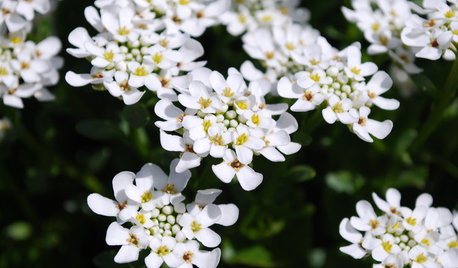
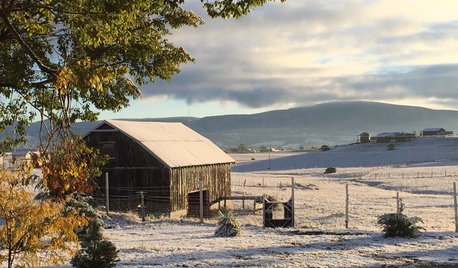
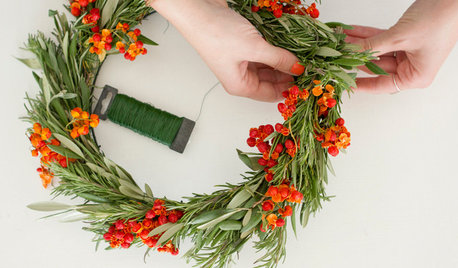
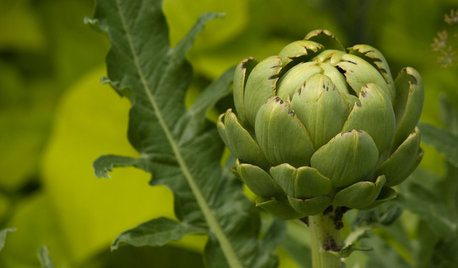

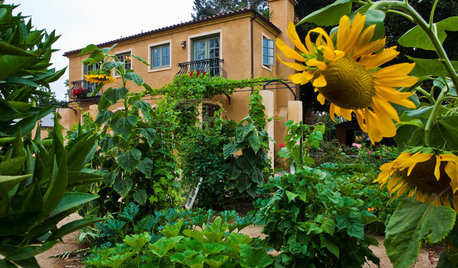

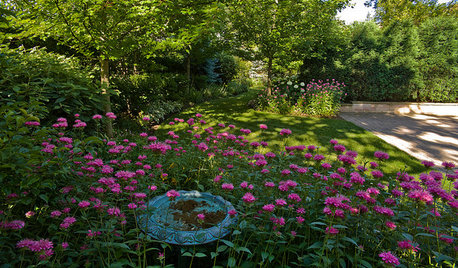
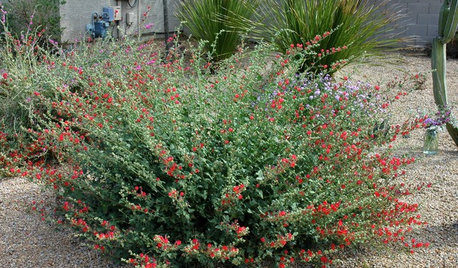




mrsfrodo
AnnieOriginal Author
Related Discussions
How would you Winter-sow expensive seeds?
Q
When to Sow Winter Seeds in Malden, MA
Q
Winter Sowing hosta seeds
Q
Can I Winter Sow Hosta Seeds?
Q